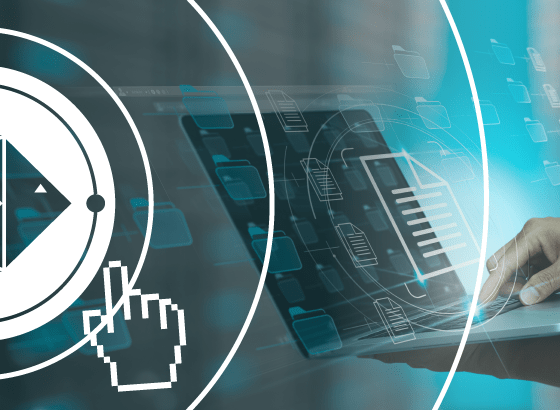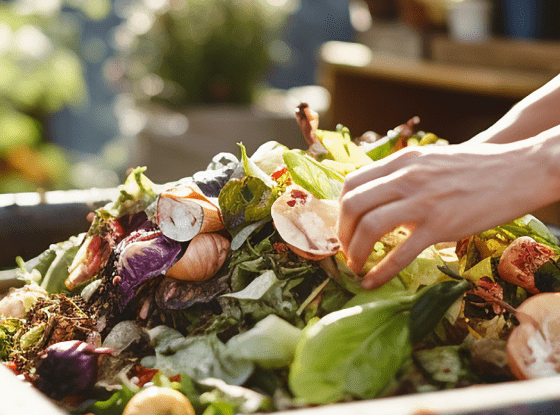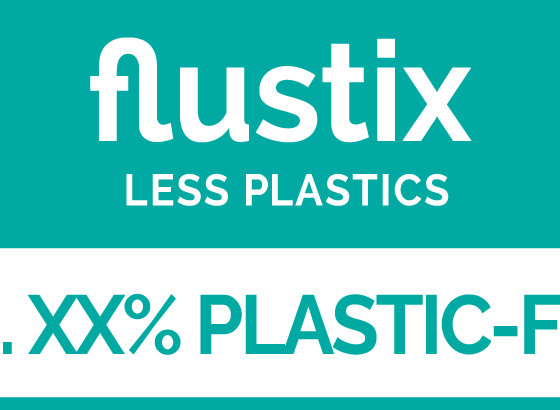Innovations recommended by the flustix experts
The recycling rate is high, almost as if there were a deposit on it: collecting paper and cardboard and disposing of it in the waste paper container is something we can do. Up to 98 percent of the circulating paper in Germany gets recycled. A prime example of recycling management? Not quite. Paper recycling also consumes energy, and recyclates are pimped with fresh fibers. This is where the new start-up enters the picture. Even before cardboard that is no longer needed ends up in the recycling container, not-wasted steps in. What happens then tells the company’s founder and waste scientist Dr. Christian Baron.
The start-up’s idea is simple – and yet brilliant. not-wasted grabs cardboard, paper and cartons before the valuable material ends up in the recycling container. Because every cardboard box that is thrown into the waste paper must also be recycled – no matter what condition it is in. A lot of water is used to dissolve the material and turn it into a fiber pulp, which is then used to make recycled paper, for example. Colors and soiling have to be removed with the help of chemicals. This costs energy.
not-wasted saves cardboard from the waste
Here comes the start-up not-wasted around the corner. “We are breaking out of the cycle,” says Dr. Christian Baron, one of the two founders of not-wasted. In the sights of the “Pappenheimer,” as they call themselves: Mountains of paper, cardboard and cartons that are stored by companies but no longer used because they are old and no longer usable due to imprints. Says Baron, “We believe these products also deserve a second chance.” In addition to outdated imprints, these can also be cartons that have become soiled during storage. These are refined by not-wasted without expending much energy.
Start-up finishes cardboard boxes with punch and laser
How do they do it? Two tools are important: a punch and a laser. From these, they produce products that can be made from cardboard and paper without changing the basic structure of the material. A typical Not-wasted innovation: business cards made from printed cardboard. For this, the material is punched into rectangles, and the data is engraved with a laser. No ink or glue is added. Any visible logos or fonts from previous use are retained as a design element. Also in the range: plug-in models, similar to jigsaw puzzles. “Here, too, we manage without glue or paint,” emphasizes Christian Baron.
Recycling doctor and designer as Pappenheimer
Who is behind not-wasted? A duo that calls itself the “Pappenheimer”: Christian Baron, a scientist with a doctorate in the field of materials science, and Daniel Birkicht, an industrial and user experience designer. The two complement each other perfectly; their core competencies make up the strengths of the start-up. They founded the company in record speed. Christian: “We only met two months ago.” A few weeks later, they launched their start-up.
not-wasted has large corporations in its sights
What about customers? “We think regionally,” says Christian Baron. not-wasted is not based in the start-up mecca of Berlin-Kreuzberg, but in the tranquil town of Aalen in the Swabian Alb: “The region is dominated by the paper and wood industry, and there are huge global corporations just a few kilometers away.” In the warehouses of these companies, not-wasted senses huge treasures of material that is no longer used.
Zero Waste: Not-wasted produces without waste
Zero waste is the benchmark at Not-wasted. “We use everything that the material yields and produce without creating waste,” assures Christian Baron. If something does get left over, there’s a use for that, too: Filler material. That, too, gets its own Not-wasted signature: “We can offer it in the form of hearts, little stars or as a hexagon.” At the very end, says waste scientist Baron, you can even use this as confetti. A nice ending, right?
 English
English Deutsch
Deutsch




